The COVID-OUT Trial: Does Metformin Reduce the Risk of Long COVID?
RebelEM
JUNE 22, 2023
Background: The COVID-19 pandemic has been the focus of massive research efforts over the last three years. Our understanding of the disease and effective treatments to reduce mortality have progressed rapidly during this time. However, the medical community is only just starting to understand long-COVID (WHO Definition: the continuation or development of new symptoms 3 months after the initial SARS-CoV-2 infection, with these symptoms lasting for at least 2 months with no other explanation).
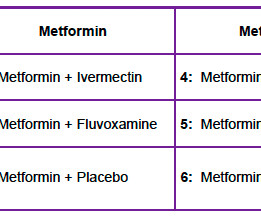
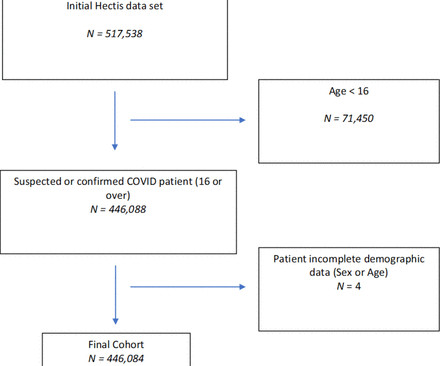





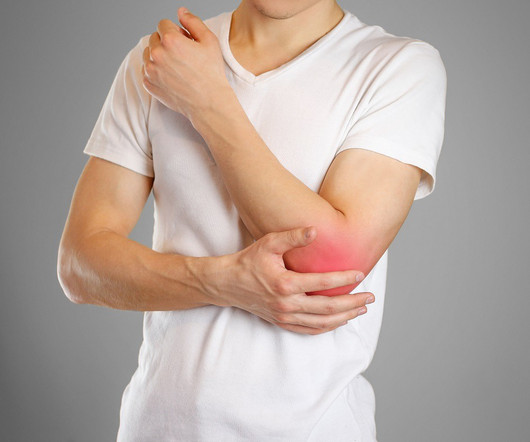


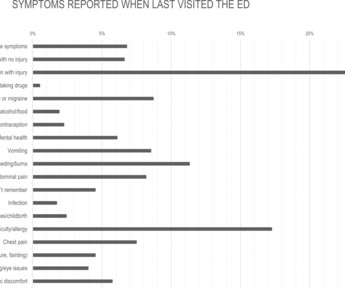

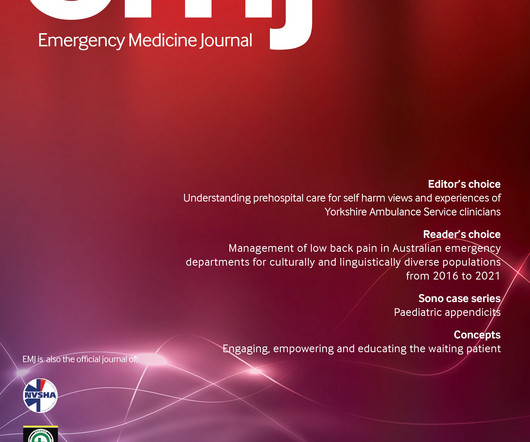
























Let's personalize your content